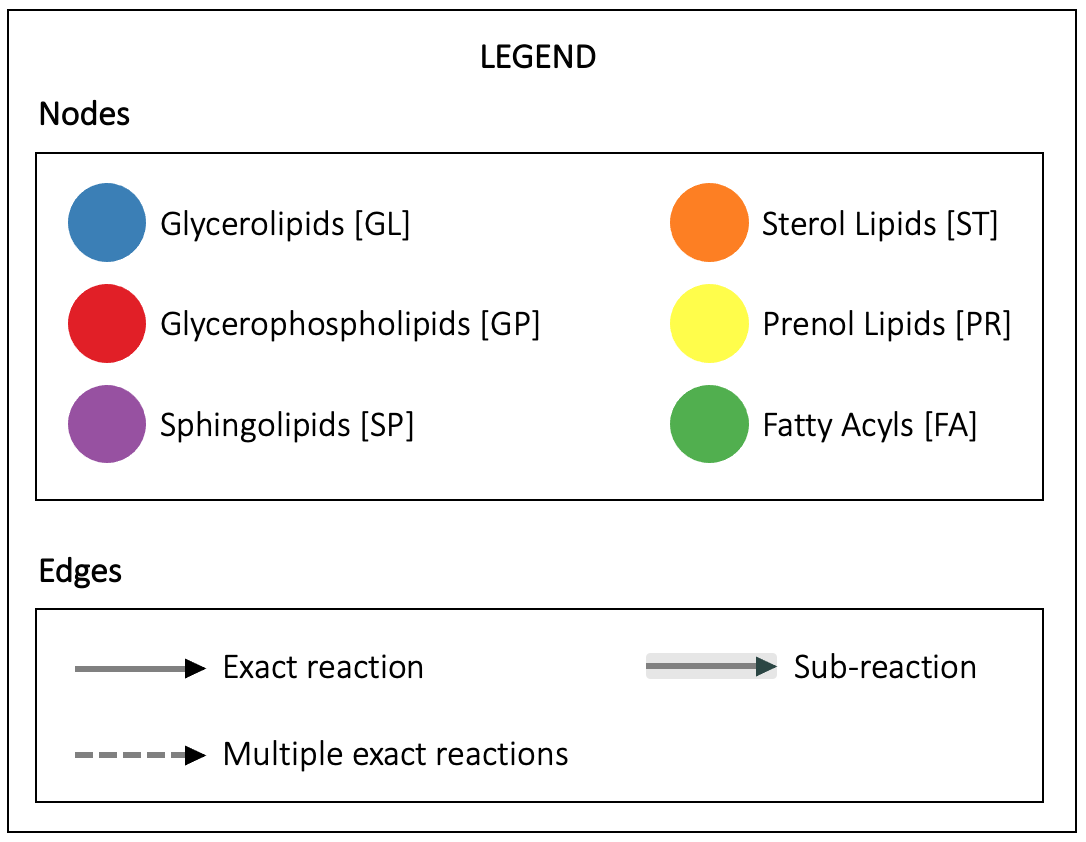Structure Database (LMSD)
Common Name
EPA
Systematic Name
5Z,8Z,11Z,14Z,17Z-eicosapentaenoic acid
Synonyms
- (5Z,8Z,11Z,14Z,17Z)-Icosapentaenoic acid
- Timnodonic acid
- C20:5n-3,6,9,12,15
3D model of EPA
Please note: Where there are chiral atoms but the stereochemistry is undefined, the 3D model takes an arbitrary conformation
Classification
Category
Main Class
Sub Class
Biological Context
Eicosapentaenoic acid is an ω-3 fatty acid abundantly available in marine organisms. It is oxygenated by COX-1 and COX-2 at rates of about 5% and 30%, respectively, compared to arachidonic acid.1 Eicosapentaenoic acid has been shown to offer protection against coronary heart disease, thrombosis, ischemic brain injury, scaly dermatitis, and some inflammatory diseases.2,3 Eicosapentaenoic acid MaxSpec® standard is a quantitative grade standard of eicosapentaenoic acid that has been prepared specifically for mass spectrometry and related applications where quantitative reproducibility is required. The solution has been prepared gravimetrically and is supplied in a deactivated glass ampule sealed under argon. The concentration was verified by comparison to an independently prepared calibration standard. This eicosapentaenoic acid MaxSpec® standard is guaranteed to meet identity, purity, stability, and concentration specifications and is provided with a batch-specific certificate of analysis. Ongoing stability testing is performed to ensure the concentration remains accurate throughout the shelf life of the product. Note: The amount of solution added to the vial is in excess of the listed amount. Therefore, it is necessary to accurately measure volumes for preparation of calibration standards. Follow recommended storage and handling conditions to maintain product quality.
This information has been provided by Cayman Chemical
References
2. Takeuchi, H., Inoue, J., Yoshida, M., et al. Dietary effects of n-3 eicosapentaenoic acid on essential fatty acid-deficiency symptoms of rats. Agric. Biol. Chem. 53(12), 3225-3232 (1989).
Reactions
Filter by species:
ⓘ
Reactions are shown if the E.C. number of the enzyme catalysing it is annotated in the UniProt database for a species belonging to the selected taxonomic class.
Click on an edge to display the reaction(s).

References
Taxonomy Information
Curated from
NCBI taxonomy class
Reference
Homo sapiens
(#9606)
Mammalia
(#40674)
Lipidomics reveals a remarkable diversity of lipids in human plasma,
J Lipid Res, 2010
J Lipid Res, 2010
Pubmed ID:
20671299
DOI:
10.1194/jlr.M009449
String Representations
InChiKey (Click to copy)
JAZBEHYOTPTENJ-JLNKQSITSA-N
InChi (Click to copy)
InChI=1S/C20H30O2/c1-2-3-4-5-6-7-8-9-10-11-12-13-14-15-16-17-18-19-20(21)22/h3-4,6-7,9-10,12-13,15-16H,2,5,8,11,14,17-19H2,1H3,(H,21,22)/b4-3-,7-6-,10-9-,13-12-,16-15-
SMILES (Click to copy)
OC(=O)CCC/C=C\C/C=C\C/C=C\C/C=C\C/C=C\CC
Other Databases
Wikipedia
KEGG ID
HMDB ID
CHEBI ID
PubChem CID
PlantFA ID
SwissLipids ID
Cayman ID
PDB ID
GuidePharm ID
Calculated Physicochemical Properties
Heavy Atoms
22
Rings
0
Aromatic Rings
0
Rotatable Bonds
13
Van der Waals Molecular Volume
356.30
Topological Polar Surface Area
37.30
Hydrogen Bond Donors
1
Hydrogen Bond Acceptors
2
logP
5.99
Molar Refractivity
95.95
Admin
Created at
-
Updated at
25th Apr 2022